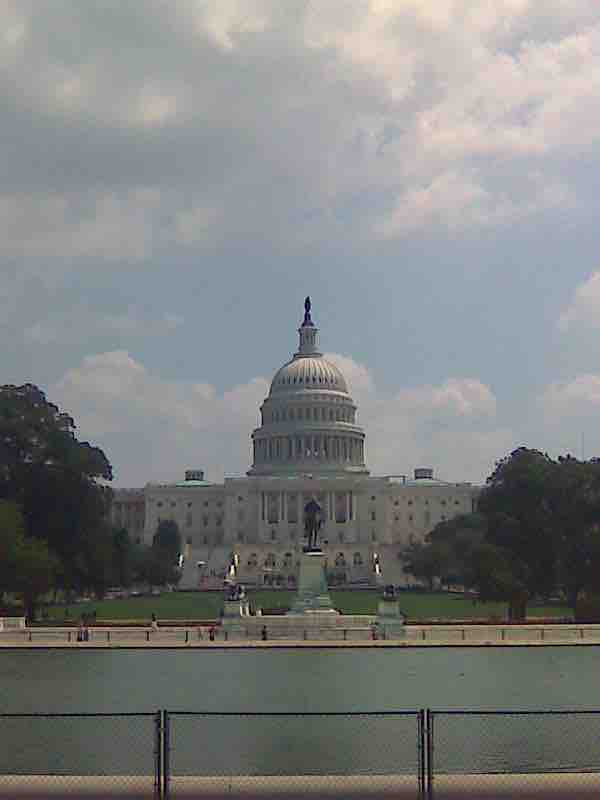How a Bill Becomes Law
A bill is introduced by a member of the legislature. While mechanisms exist to allow other members of the legislature to introduce bills, these are subject to strict timetables and usually fail unless a consensus is reached. In the U.S. system, where the executive is formally separated from the legislature, all bills must originate from the legislature.
Bills can be introduced through leave and government motion. Leave is when a motion is brought before the house asking that leave be given to bring in a bill. The legislator has 10 minutes to propose a bill, which can then be considered by the House on a day appointed for the purpose. While this rule still exists in the rules of procedure of the U.S. Congress, it is seldom used. A government motion occurs in jurisdictions where the executive can control legislative business a bill may be brought in by executive fiat.
A system of committees considers law relating to each policy area jurisdictions in the U.S. Congress. Thousands of bills are introduced in every session of Congress and no single member can possibly be adequately informed on all the issues that arise. The committee system is a way to provide for specialization, or a division of the legislative labor. Committees usually have the final say on pieces of legislation and only very rarely are deprived of control of a bill; although this kind of action is allowed in the rules of each chamber.

Capitol Hill
The U.S. has a bicameral legislature in Congress, consisting of the House of Representatives and the Senate
House and Senate Committees
A congressional committee is a legislative sub-organization in the United States Congress that handles a specific duty. Committee membership enables members to develop specialized knowledge of the matters under their jurisdiction. Congress divides its legislative, oversight, and internal administrative tasks among approximately 200 committees and subcommittees.
There are three main types of committees—standing, select or special, and joint. In the House of Representatives, there are 21 permanent committees, and 20 in the United States Senate. Four joint committees operate with members from both houses on matters of mutual jurisdiction and oversight. Committees in the House of Representatives generally have more members, due its larger size, as compared to the smaller 100-member Senate. Senate rules fix the maximum size for many of its committees, while the House determines the size and makeup of each committee every new Congress.
Bills are generally considered through a number of readings. This refers to the historic practice of the clerical officers of the legislature reading the contents of a bill to the legislature. While the bill is no longer read, the motions on the bill still refer to this practice.
At the second reading the general merits of the bill are considered. After which, the bill is referred to a committee, considering the bill line by line proposing amendments. The committee reports to the legislature, at which stage further amendments are proposed. Finally a third reading debate at which the bill as amended is considered in its entirety. The process is repeated in the other house, before the Bill is submitted to the executive for approval.
Bills passed by the legislature usually require the approval of the executive to become law. The need to receive approval can be used as a political tool by the executive and its refusal is known as a veto. The legislature often has the power to override the veto of the executive by means of a supermajority. Any branch at anytime may decline the proposed bill.